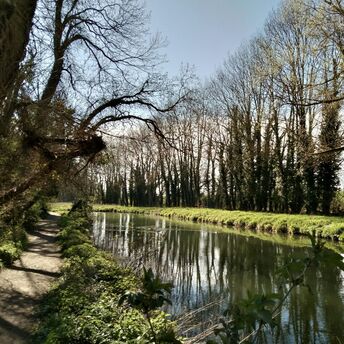London's Crossness Pumping Station: How the "Cathedral of Sewage" Became a Hidden Gem of Victorian Architecture

Who would imagine that a building constructed for sewage treatment could become a true architectural marvel? Yet that’s exactly what London’s Crossness Pumping Station, hidden away in Abbey Wood, represents. Often called the "Cathedral of Sewage," this Victorian structure was built around 160 years ago as a response to a crisis famously known as the Great Stink of 1858.
The story of Crossness begins with an unusually hot summer that led to sewage accumulating in the Thames, turning the river into a source of infections and spreading an unbearable stench. This crisis coincided with the opening of the new Parliament building in Westminster. As the odor became intolerable, the government urgently allocated a budget of 3 million pounds to create London’s first sewage treatment system. Engineer Joseph Bazalgette designed Crossness, which not only became a crucial tool in combating epidemics but also stood out as a unique architectural achievement.
Victorian Humor: An Unexpected Decorative Detail
Despite the station's serious purpose, the Victorians managed to add a touch of humor. On closer inspection, visitors can notice amusing details symbolizing digestive remedies. At the top of certain columns are figs and red beans, both known for their digestive properties: figs are effective against constipation, while beans have a laxative effect. Moreover, on some panels, one can see dogwood and blackberry flowers, plants with astringent properties, perhaps hinting at remedies for diarrhea. This playful symbolism not only brings a smile but reveals the Victorians' subtle attention to detail even in utilitarian structures.
Restoration and New Opportunities for Travelers
After decades of neglect, Crossness was restored by a group of engineers and volunteers who, with charitable funds, brought part of the machinery back to life. Today, one of the four steam engines can run again, and the central octagonal hall has been restored to its former glory. Two other engines have been left in their original state, serving as a reminder of time and the grandeur of past engineering achievements.
Travelers can visit this unique site by taking the Elizabeth line to Abbey Wood station, from where a retro Routemaster bus transports visitors directly to Crossness. This trip feels like a journey back in time, with London’s history of sanitation and public health unfolding before their eyes.



















